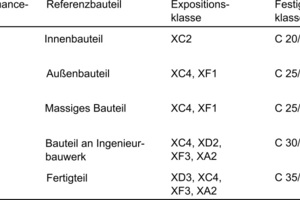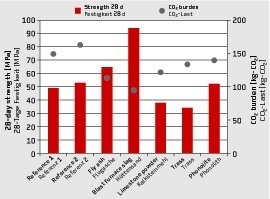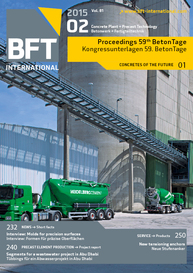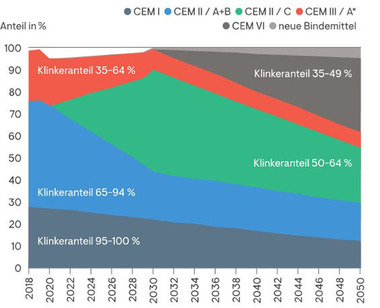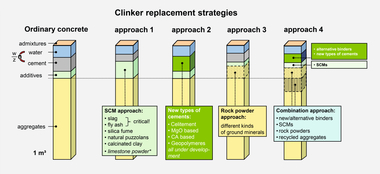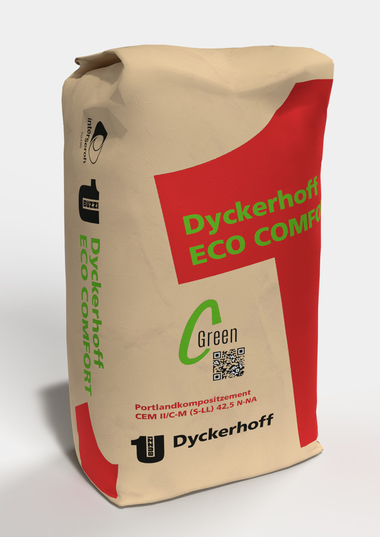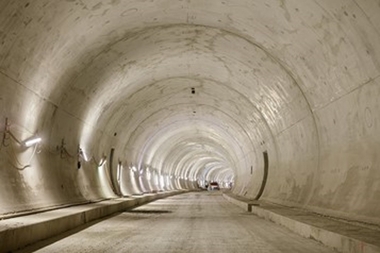New concept for the development and evaluation of
compositions with reduced CO2 burden
The political and social interest in reducing greenhouse gases has an influence on the developments in the construction industry too. This applies in particular to concrete construction, which provides huge potential reductions in CO2 emissions owing to the CO2-intensive manufacturing process of cement clinker. A possible approach is the reduction or the proportional substitution of the cement clinker used in binders, changing, however, the concrete performance. As a consequence, the mechanical properties or the durability are often reduced. An additional problem is the fact that the...

